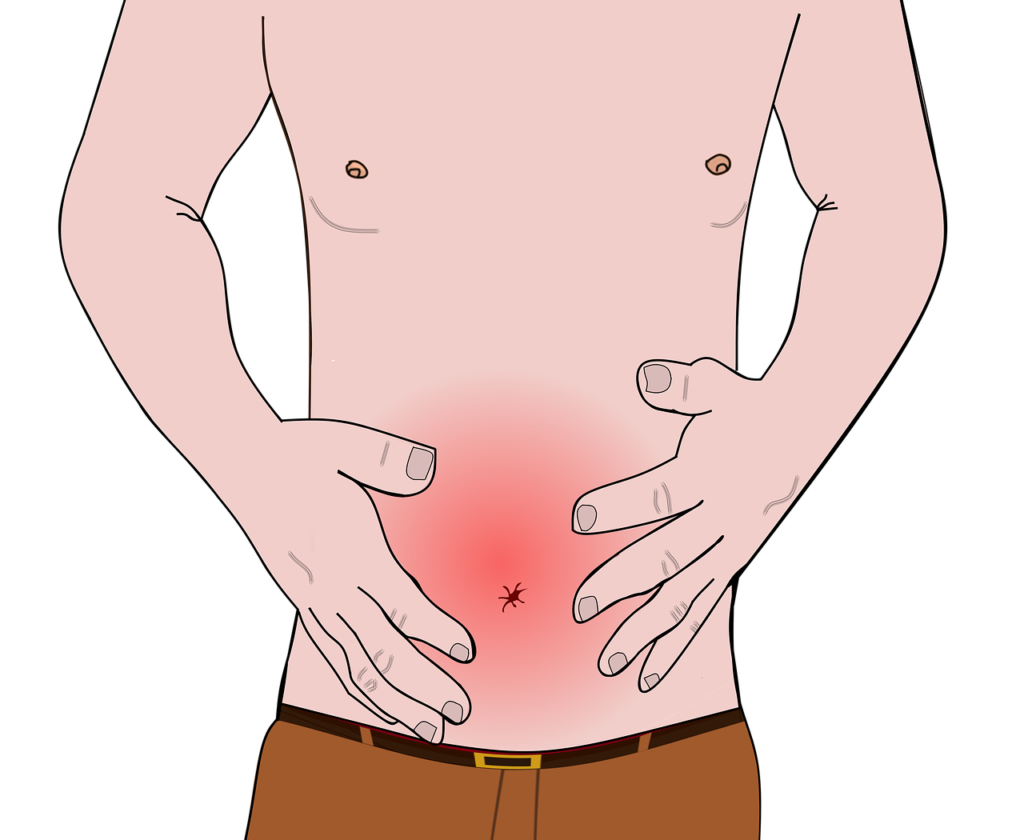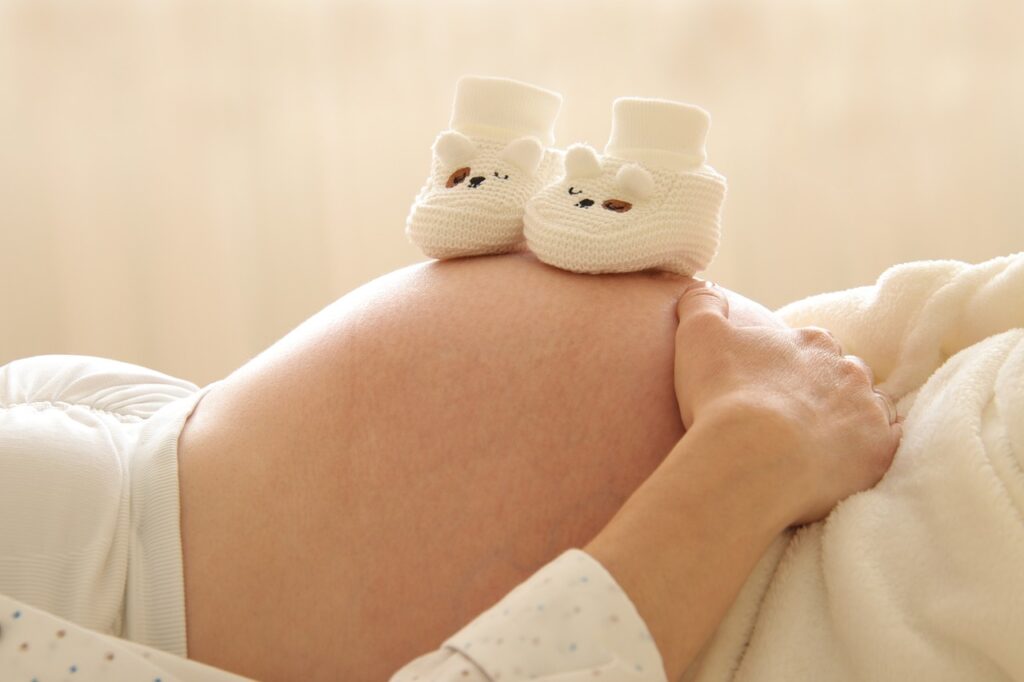AGNIKARMA : AN AYURVEDIC PAIN MANAGEMENT TECHNIQUE
Ayurveda is one of the oldest healing systems in alternative medicine, dating back thousands of years to ancient India. Among its numerous therapeutic methods, Agnikarma stands out as a distinct and effective technique for pain management. Agnikarma is derived from the Sanskrit words “agni” meaning fire and “karma” meaning action. It entails the controlled application of heat to specific points on the body to relieve pain and promote healing. This article delves into the principles of Agnikarma and its application in Ayurvedic pain management. Ayurvedic philosophy focuses on balancing the body’s three doshas (Vata, Pitta, and Kapha). When these doshas are balanced, health and well-being prevail. However, imbalances can cause a variety of symptoms, including pain. Ayurveda emphasizes restoring balance through natural therapies tailored to individual constitutions. Agnikarma, a form of heat therapy, can help manage pain by restoring balance and modulating bodily functions. This technique is especially effective for managing pain caused by musculoskeletal disorders, arthritis, neuralgia, and certain inflammatory conditions. It works by stimulating the body’s natural healing mechanisms and promoting the circulation of vital energy, or prana. The Agnikarma procedure consists of several steps:- Patient Assessment: Before administering Agnikarma, an Ayurvedic practitioner evaluates the patient’s constitution, the nature of the pain, and the underlying imbalance. Point Selection: Following the assessment, specific points on the body, known as marma points, are identified for treatment. These points correspond to vital energy channels (nadis) and were selected to address the underlying cause of the pain. Preparation: Clean the selected marma points and prepare the surrounding area for treatment. Heat is generated using a variety of methods, including burning herbal sticks (agni shalaka), heated metal rods, and medicinal pastes. Heat is then precisely applied to the designated points. The duration and intensity of heat application vary according to the individual’s condition and tolerance level. The practitioner ensures that the heat is intense enough to penetrate deep into the tissues without causing discomfort or damage. Following the procedure, medicated oils or herbal pastes can be applied to the treated area to soothe and nourish the tissues. The patient is advised on post-treatment care, which includes dietary recommendations and lifestyle changes to promote healing. Agnikarma can help manage pain and improve overall well-being. Pain Relief: Agnikarma relieves acute and chronic pain by stimulating nerve endings and increasing blood flow. Improved Mobility: Agnikarma reduces inflammation and stiffness in the joints, which improves mobility and flexibility. Minimal Side Effects: Unlike some pharmaceutical interventions, Agnikarma is relatively safe and non-invasive, with a low risk of adverse effects when performed by a trained practitioner. Ayurveda considers pain to be more than just a physical symptom; it is a manifestation of underlying imbalances. Agnikarma addresses these imbalances holistically, promoting physical, mental, and spiritual healing. Long-lasting Results: With regular sessions and adherence to Ayurvedic principles, Agnikarma can produce long-term results by addressing the underlying cause of pain rather than simply masking the symptoms. Precautions and Considerations: Agnikarma is generally safe and beneficial, but some precautions should be taken. Agnikarma should only be performed by qualified Ayurvedic practitioners who specialise in this technique. Individualised Treatment: The treatment plan should be tailored to the patient’s specific constitution, condition, and tolerance level. Contraindications: Agnikarma may not be appropriate for people who have severe hypertension, bleeding disorders, or are pregnant. A thorough assessment is required to determine suitability. Strict hygiene standards must be followed during the procedure to avoid infection or injury. In conclusion, Agnikarma exemplifies Ayurvedic wisdom by offering natural pain management solutions. Agnikarma provides pain relief through the use of heat and targeted application while also promoting holistic healing and well-being. Agnikarma, like any other Ayurvedic therapy, requires a personalised approach, expert guidance, and adherence to traditional principles in order to reap its full benefits.




